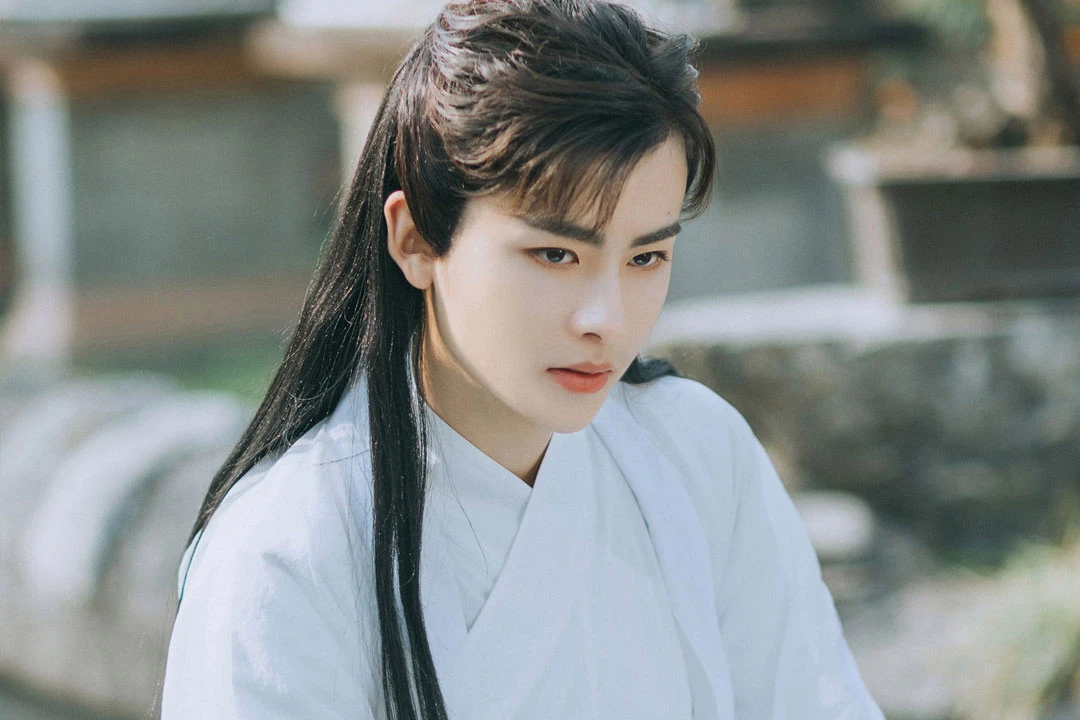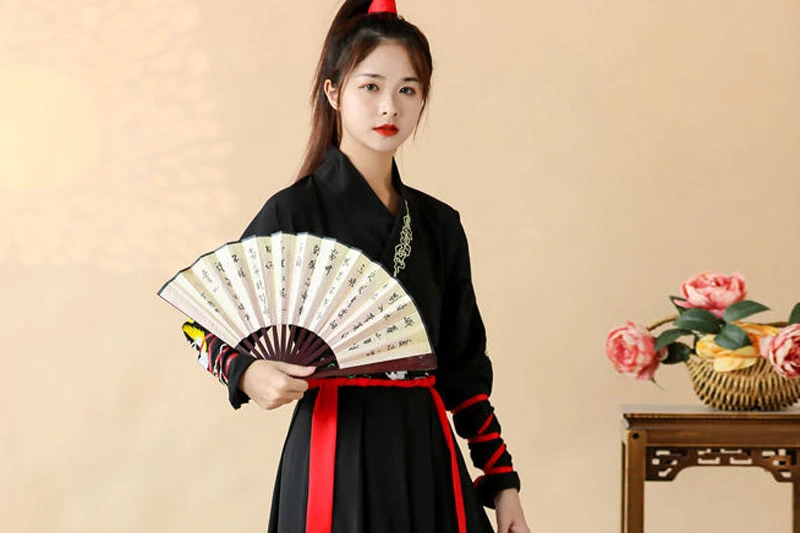In the kaleidoscope of traditional Chinese attire, a cultural renaissance is underway, and at its forefront is the revival of Men’s Hanfu. This phenomenon transcends the boundaries of time, bringing forth the elegance and cultural richness of ancient Chinese attire into the contemporary spotlight. This exploration navigates the historical echoes, diverse designs, and modern influences that characterize Men’s Hanfu, weaving a narrative of tradition and innovation.
Men’s Hanfu, with its roots deeply embedded in the annals of ancient Chinese history, emerges as a testament to the enduring legacy of traditional attire. Tracing its origins back through dynasties and centuries, we unveil the evolution of men’s traditional clothing. From the sweeping robes of the Han Dynasty to the intricate details of the Ming and Qing Dynasties, Men’s Hanfu carries within its folds the echoes of bygone eras.
The historical journey of Men’s Hanfu reflects the changing political, social, and cultural landscapes of China, offering a glimpse into the diverse tapestry of its past. The revival of this attire speaks to a collective desire to reconnect with the rich heritage that defines Chinese identity.
Men’s Hanfu Designs
Diving into the diverse designs that encompass Men’s Hanfu, we discover a sartorial spectrum that extends beyond mere garments. Men’s Hanfu includes a variety of robe styles, each with its unique cut, length, and sleeve design. From the dignified cross-collar Hanfu to the flowing Daopao, each style carries its own symbolism and historical significance.
Beyond the robes, the allure of Men’s Hanfu extends to accessories that elevate the ensemble to a new level of sophistication. Intricately crafted headpieces, ornate belts, and carefully selected footwear contribute to the overall aesthetic, reflecting a meticulous attention to detail that defines the essence of traditional Chinese attire.
The contemporary adaptation of Hanfu for male wearers signifies a departure from the confines of historical replication. Today’s Men’s Hanfu embodies diversity in styles, allowing wearers to choose from a broad spectrum of designs that harmonize tradition with modern sensibilities. Enthusiasts find inspiration in historical paintings, archaeological findings, and even reimagine traditional garments with a touch of contemporary flair.
The evolution of Men’s Hanfu mirrors a dynamic intersection of tradition and modernity, striking a delicate balance that speaks to the diverse tastes and preferences of the wearers. From casual everyday wear to formal occasions, Men’s Hanfu adapts to various settings while maintaining a connection to its cultural roots.
Wearing Male Hanfu Tips
A distinctive feature of Men’s Hanfu lies in its adaptability, offering wearers the freedom to experiment with different combinations and styles. Men’s Hanfu sets, comprising robes, undergarments, and accessories, provide a versatile canvas for creating personalized outfits. The mix-and-match possibilities within Men’s Hanfu sets empower wearers to express their individuality while adhering to the rich tapestry of tradition.
In the contemporary landscape, stylish combinations abound as wearers blend traditional elements with modern aesthetics. The juxtaposition of classic and contemporary elements within Men’s Hanfu outfits reflects a nuanced approach to cultural expression, showcasing the adaptability of this traditional attire to modern lifestyles.
Accessories play a pivotal role in defining the elegance of Men’s Hanfu. Headpieces, belts, and footwear are carefully curated to complement the overall aesthetic, adding layers of cultural significance and personal expression. The traditional Chinese headdress, often adorned with auspicious symbols, serves as a crowning touch that completes the ensemble.
Belts, intricately designed and sometimes embellished with symbolic motifs, not only serve a practical function but also contribute to the overall visual harmony of the Hanfu outfit. Footwear choices, ranging from traditional cloth shoes to modern interpretations, further emphasize the attention to detail within Men’s Hanfu attire.
In the realm of Men’s Hanfu, accessories become more than embellishments; they are cultural artifacts that deepen the connection to tradition while allowing for a contemporary reinterpretation of historical elements.
As we navigate the landscape of Men’s Hanfu, it becomes apparent that this cultural revival extends beyond individual wardrobes, making a notable impact on modern Chinese fashion. Men’s Hanfu, once confined to historical reenactments, has found a place in contemporary closets, enriching the fashion scene with its timeless elegance.
Influencers, designers, and fashion enthusiasts alike have embraced Men’s Hanfu, integrating it into everyday wear and special occasions. The adaptability of this traditional attire to modern lifestyles reflects a cultural reawakening, where the past seamlessly converges with the present. Men’s Hanfu is no longer relegated to the realms of nostalgia; it stands as a vibrant symbol of cultural pride and a source of inspiration for fashion innovation.
At the heart of Men’s Hanfu lies the meticulous art of crafting, a tradition passed down through generations. Skilled artisans, often trained in time-honored techniques, play a crucial role in bringing Men’s Hanfu to life. The process involves not only a mastery of tailoring but also an understanding of historical patterns, fabric choices, and intricate detailing.
In conclusion, the resurgence of Men’s Hanfu represents more than a mere fashion trend; it is a cultural renaissance that bridges the realms of heritage and modernity. From its historical roots to the contemporary runways, Men’s Hanfu has traversed time, adapting to the evolving tastes and preferences of wearers.
The allure of Men’s Hanfu lies not only in its aesthetic appeal but in its ability to encapsulate the essence of Chinese tradition. As wearers don these garments, they become custodians of a cultural legacy, weaving the threads of the past into the fabric of the present. The journey of Men’s Hanfu is a testament to the enduring elegance of traditional attire, revitalized for a new era that appreciates the timeless beauty of cultural heritage.


